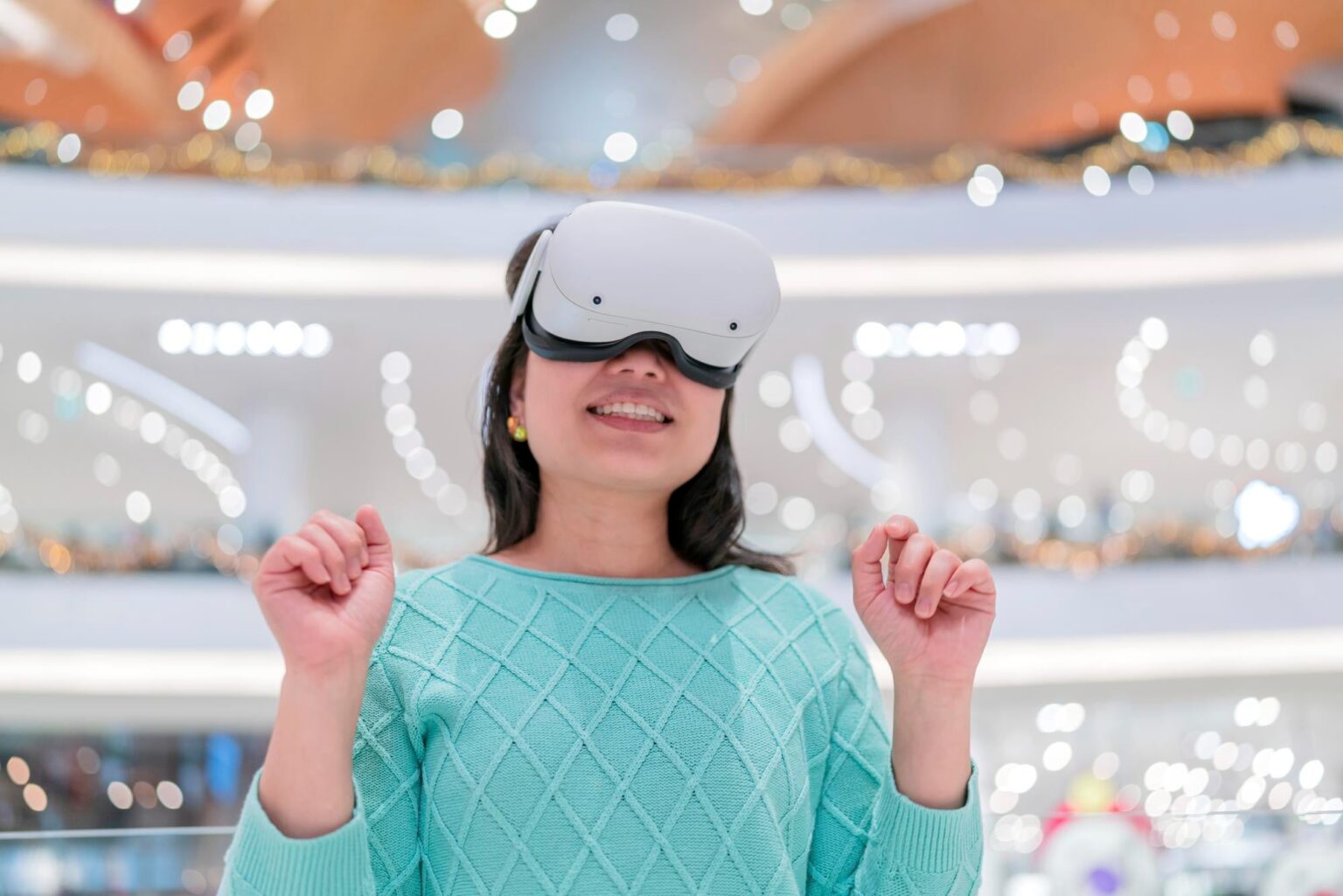Virtual Reality (VR) shopping experiences have the potential to redefine retail in the digital age by providing immersive, interactive, and personalized experiences for customers. Here are some ways VR shopping can transform the retail industry:
-
Immersive Product Exploration: VR allows customers to explore products in a virtual environment that closely mimics the real world. Users can examine products from different angles, view intricate details, and experience the scale and dimensions of items. This immersive experience enhances the understanding of products, leading to more confident purchasing decisions.
-
Virtual Try-On: VR enables customers to virtually try on clothing, accessories, or even makeup products. By using avatars or real-time simulations, customers can see how items look and fit on themselves without physically trying them on. This feature reduces the need for returns and increases customer satisfaction.
-
Personalized Recommendations: VR shopping experiences can leverage data analytics and artificial intelligence to offer personalized product recommendations based on customer preferences, browsing history, and behavioral patterns. This level of customization enhances the customer journey and increases the chances of finding products that align with individual tastes and needs.
-
Virtual Storefronts: Brands can create virtual storefronts that replicate their physical stores or create entirely new virtual environments. Customers can navigate through these virtual spaces, interact with products, and make purchases without leaving their homes. Virtual storefronts can offer unique and engaging experiences, fostering brand loyalty and differentiation.
-
Enhanced Social Shopping: VR can enable social interactions in shopping experiences. Friends or family members can virtually meet up in a virtual store, browse products together, and get real-time feedback from each other. This social element enhances the shared experience and bridges the gap between online and in-person shopping.
-
Showrooming and In-Store Visualization: Retailers can create virtual showrooms where customers can visualize how products would look in their homes or spaces. For example, customers can virtually place furniture in their living room to see how it fits and complements the existing decor. This visualization feature facilitates purchasing decisions and reduces buyer’s remorse.
-
Virtual Events and Brand Experiences: Brands can host virtual events, such as fashion shows, product launches, or virtual pop-up shops. These immersive experiences allow customers to participate from anywhere in the world, creating a sense of exclusivity and excitement around the brand.
-
Accessibility and Convenience: VR shopping experiences break down geographical barriers, allowing customers to access products and brands from anywhere. This accessibility expands market reach for businesses and offers convenience to customers who may have limitations in physical mobility or access to certain stores.
-
Data Insights and Analytics: VR shopping experiences generate valuable data on customer behavior, preferences, and engagement. Retailers can analyze this data to gain insights into customer preferences, optimize product placements, and refine marketing strategies. These insights contribute to informed decision-making and continuous improvement of the shopping experience.
-
Experimentation and Innovation: VR shopping is a dynamic and evolving field, allowing for experimentation and innovation in the retail space. Brands can test new concepts, explore creative marketing approaches, and adapt their strategies based on customer feedback and market trends.
While VR shopping experiences have significant potential, challenges remain, such as the cost of VR technology, user adoption, and ensuring a seamless and intuitive user interface. However, as VR technology continues to advance and become more accessible, it has the capacity to reshape retail by creating immersive, personalized, and engaging shopping experiences that bridge the gap between physical and digital retail environments.



